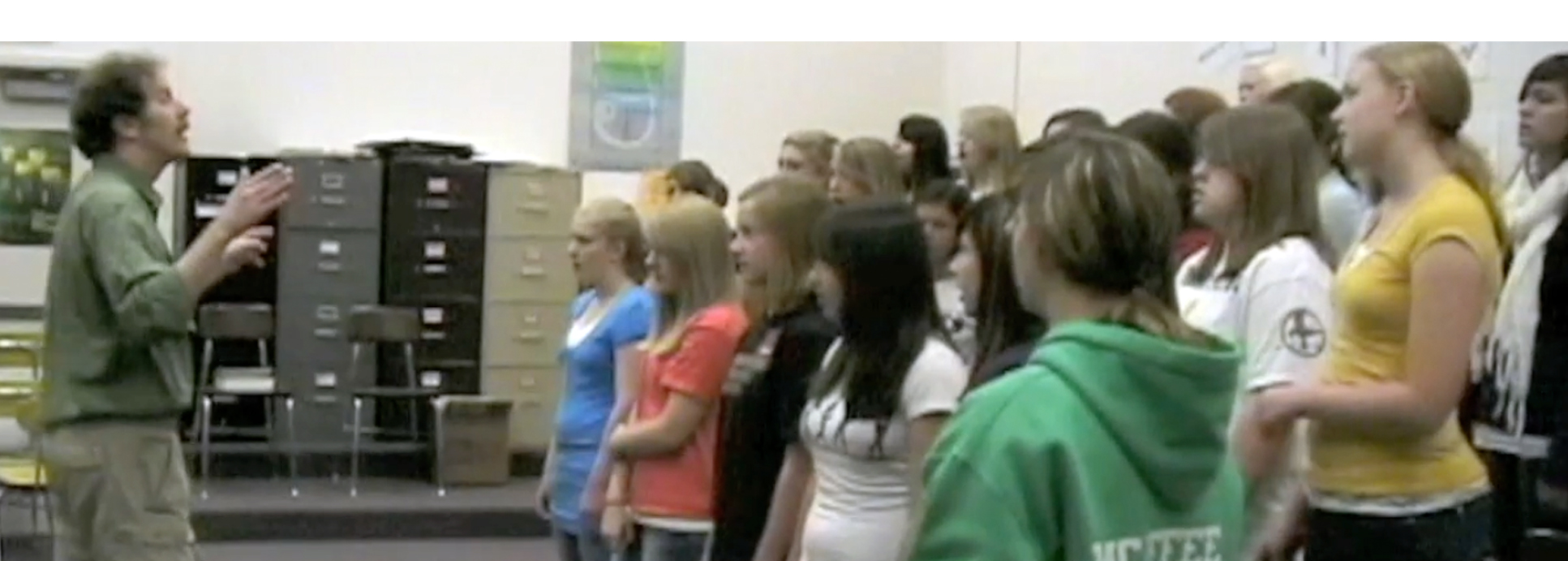“Drummers Drumming”
Drum Talk Personal Expression With George Grant
By Marlin Stum, Catalyst Magazine, Salt Lake City
OCTOBER 1992
As children we learn to talk by listening. Long before we know the intricacies of poetic principles or proper grammar, we are able to converse. This, too, is the way we should learn to make music, say percussionist and music teacher George Grant.
“An infant first learns to imitate sounds, then learns words and finally phrases,” he says. “Then he spends he rest of his life learning to read and write the language. Often, traditional Western musical training is like trying to teach Shakespeare to that infant.”
George emphasizes working with listening concepts to develop musical expression for fun and relaxation, stress reduction and improved self-esteem. The focus is on simplicity and personal fulfillment rather than performance for a critical audience. George works with people of all ages. While his adult students sometimes are musicians, they are just as often mathematicians, nurses, business or communications majors.
“I teach specific imitation and response exercises that lead to free experimentation. The usefulness of drills as a training method was inspired by Doug Wolf, leader of the University of Utah’s nationally acclaimed percussion ensemble and a fantastic musician himself.”
Garrett Gregor a recent math graduate, took George’s “Drum Talk” class last year. “One of the main things I learned from George was the art of communication between people who are playing. I learned to listen to the other instruments talking, learning when to back out and when to be subtle. We actually began having conversations with the drums.”
His conversational analogy is but one metaphor George uses in his acultural, non-traditional approach to teaching music. Painting imagery is another, where he describes each drumbeat as a point in space, with one instrument creating an outline, another the background, and others the objects of focus.
“George talks about making music in terms of how we see things, making a high-pitched cymbal a ‘bright’ sound and the deep tone of a log drum a ‘dark’ one,” says Garrett. “He got us thinking of sounds as having colors and textures.”
He loves to quote Einstein, who said, “Imagination is more important than knowledge,” and George has an abundance of both. He says that formal musical training, with its emphasis on reading notes, doesn’t work for 90% of people who love to play music, but have no desire to perform.
George has performed his share. “I played drums all through school, the marching band, the concert band, rock bands,” he says. “In college I played a lot of jazz.”
George uses a myriad of percussion instruments in his classes, his personal favorite being an Eastern hand drum called the tabla. The tabla is a drum perhaps best known to Westerners as the instrument played by Alla Rakha, who has toured with Ravi Shankar, the famous sitar player. Rakha’s son, Zakir Hussain, is one of several music masters from India. George has performed with master musicians from India, Afghanistan, and Iran since first studying Eastern drumming at a private school in Boston. Although proficient enough to perform professionally, George prefers adapting his skills to teaching the non-musician.
“I especially love teaching kids,” he says. “You show them something and they get it right away. They have fewer inhibitions — those come later when we’re older.”
He describes a class where he taught severely handicapped kids, some who could barely sit in their wheelchairs.
“You could see it in their eyes, that they were getting it and loving the personal expression, even though they could barely hold the instruments.”
Carol Pratt is a special education teacher who organized an inter-school Special Education Festival at North Layton Junior High last year. George was one of five guest artists who worked with intellectually handicapped junior and senior high school students at the festival.
“George had us make all of our own instruments,” says Carol. “We got together with the wood and metal shop teachers and made chimes, blocks and rattles. Our kids don’t get a chance to participate in a lot of arts, and this was a wonderful opportunity for them.”
“His class gave them a sense of rhythm, and helped them with their motor and speech skills. It opened up a new world for some of them.”
George will teach through the Utah Arts Council’s “Artists In Residence” program this fall. Also, Drum Talk is offered through the University of Utah DCE.


